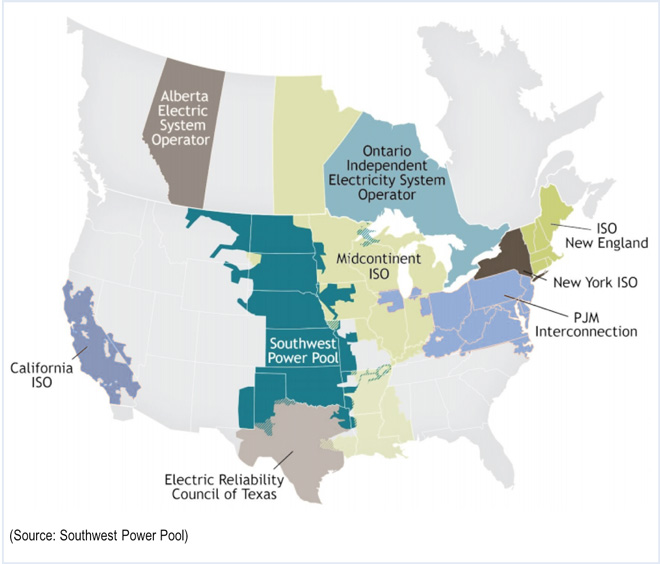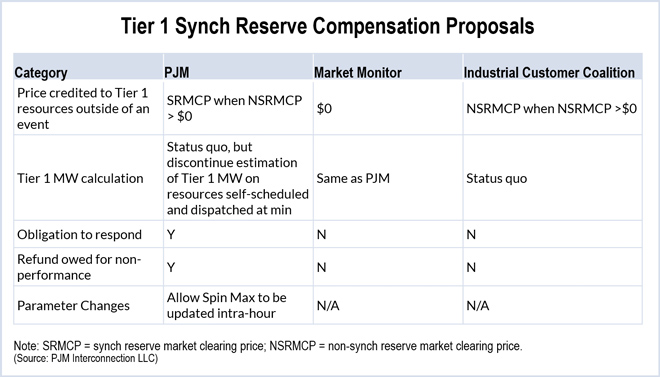The Federal Energy Regulatory Commission gave PJM virtually all it asked for in approving its Capacity Performance proposal. But Chairman Norman Bay’s dissent may provide ammunition for a potential challenge in federal court.

Bay predicted the proposal would not accomplish its stated goals, calling it “two carrots and a partial stick.”
One “carrot,” Bay said, allows resources to offer up to about .85 of the net cost of new entry (CONE) — or more if a resource can justify higher unit specific costs. The second carrot entitles resources that overperform a share of penalties collected from units that fail to perform.
Bay said the “stick” may provide insufficient deterrence because it is based on an estimate of 30 “performance assessment hours” — hours in which PJM declares emergency actions — annually. The 30-hour estimate is based on the number of such hours during delivery year 2013/14.
Bay said this is “overly generous” because PJM declared only seven and five performance assessment hours in 2011/12 and 2012/13 respectively — an average of 14 hours over the three-year period, or six hours if the “outlier” of 2013/14 is excluded.
If PJM declared 14 performance assessment hours in a capacity zone, a resource that failed to perform during each of those hours would be subject to a total non-performance charge of 14/30 times .85 net CONE, or .40 of net CONE for the delivery year, Bay said. That means non-performers could profit as long as the auction clearing price is larger than 0.40 net CONE.
“A rational profit-maximizing resource could simply seek a capacity award in the auction, fail to perform during each performance assessment hour and likely pay a penalty less than the carrot it has received,” Bay said.
Bay said the changes also will incent generators to raise auction clearing prices up to .85 of net CONE, because only prices above that level are subject to unit specific reviews.
“The temptation to exercise market power in the auction will be considerable. This would be less of a problem if one could count on the salutary benefits of competition. But, as PJM and the Market Monitor recognize, this market is structurally non-competitive. And the mitigation rules that are usually the safety net in such markets have largely been removed. Thus, the CPP creates the very real risk of the unmitigated exercise of market power up to .85 of net CONE.”
The commission majority ordered PJM to review the 30-hour metric annually to evaluate whether it remained appropriate. It also said that a penalty rate based on net CONE rather than energy prices or capacity clearing prices “is more likely to prevent non-performing resources from receiving positive net capacity revenues over the long run.”
Bay said the commission should have required a cost-benefit analysis before approving the proposal. “Given the potential multi-billion dollar cost … and the burden consumers will be asked to bear, any analysis, no matter how rudimentary, would have been helpful before concluding this proposal is just and reasonable.”
The commission said it did not need the “mathematical specificity of a cost-benefit analysis” to decide the case. “Rather, the commission considers the proposal in light of the currently effective tariff and comments in support and opposition to reach its determination,” it said.
Bay contended Capacity Performance’s cost may outweigh any benefits, citing PJM’s estimate that it would cost $1.4 billion to $4 billion annually. While PJM experienced uplift payments totaling $667 million in January and February 2014, uplift dropped to $105 million for the same months in 2015.
“One way of viewing the CPP is that it fixes a several hundred million dollar uplift problem in the energy market with a multi-billion dollar redesign of the capacity market,” Bay said.







